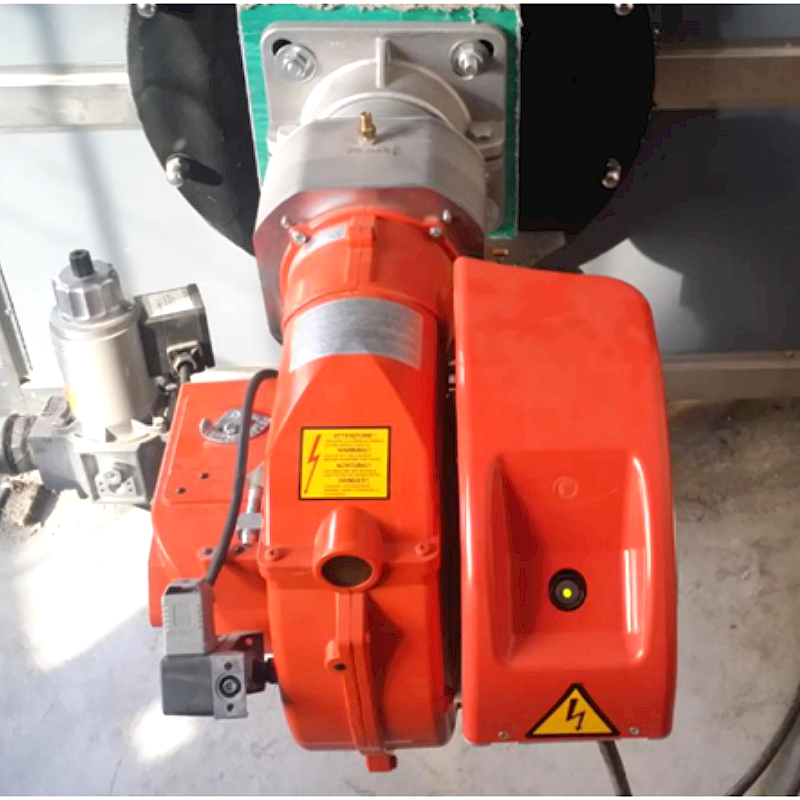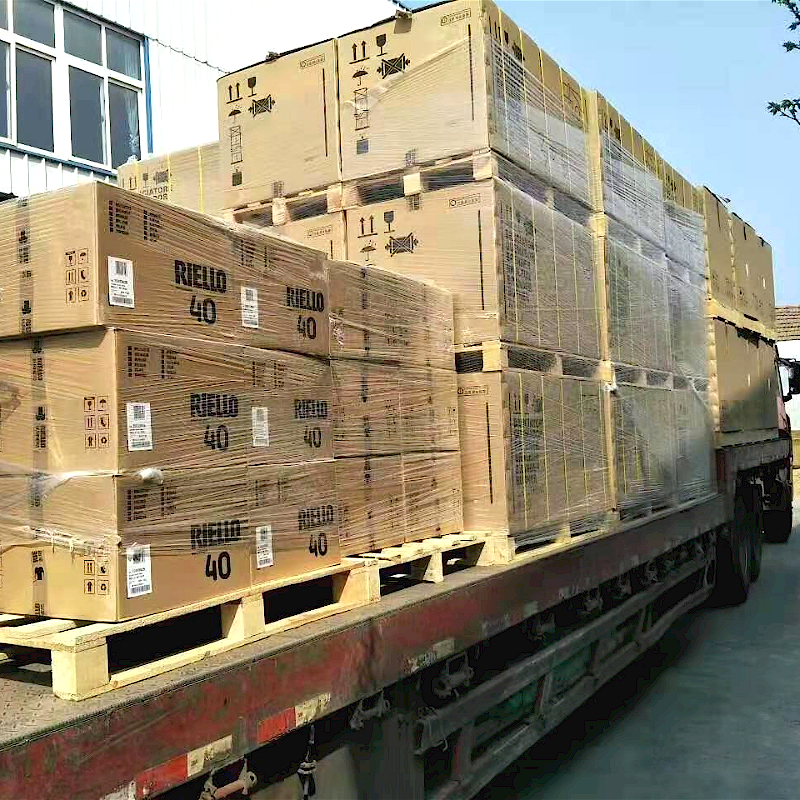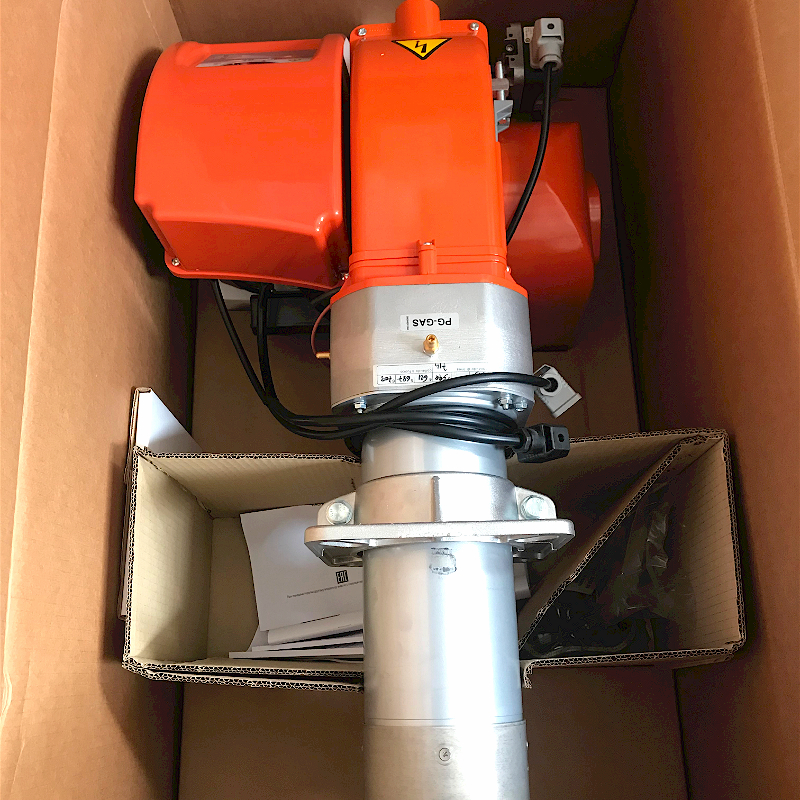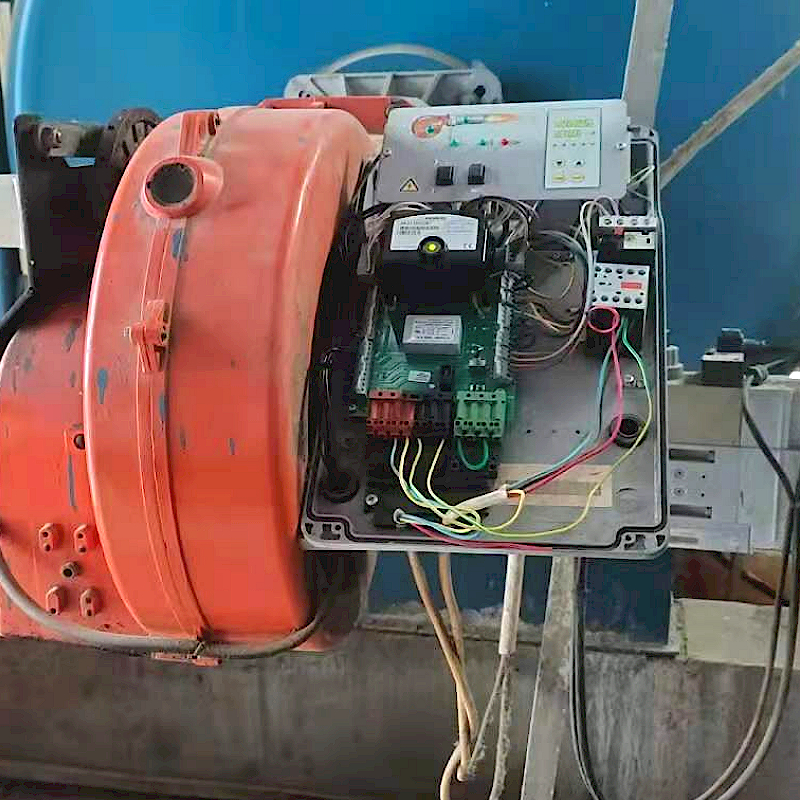Analysis of the Causes of Ignition Failure in Combustion Equipment and Standardized Troubleshooting Process
Introduction:
Ignition failure in combustion equipment is a critical issue that can lead to operational inefficiencies and safety hazards in industrial systems. Understanding the root causes of ignition failure and implementing a standardized troubleshooting process is essential for improving the reliability and performance of combustion systems.
Causes of Ignition Failure:

1.Fuel Supply Issues:
2.Cause: Inconsistent fuel supply or improper fuel types can lead to failure in ignition. This could be due to faulty fuel valves, blocked fuel lines, or low fuel pressure.
3.Impact: Without a stable fuel supply, the combustion process cannot be initiated or sustained, leading to ignition failure.
4.Solution: Ensure regular checks of the fuel system, including fuel pressure, lines, and filters. Correct fuel type should be used according to the specifications of the burner or combustion system.
5.Air Supply Problems:
6.Cause: An inadequate or irregular air supply due to dirty filters, malfunctioning air blowers, or blocked ducts can affect the ignition process.
7.Impact: Insufficient combustion air prevents the fuel from igniting or combusting efficiently, resulting in ignition failure.
8.Solution: Perform routine maintenance on air filters, air blowers, and ducts to ensure that there is an uninterrupted supply of air to the combustion system.
9.Ignition System Failure:
10.Cause: Problems within the ignition system, such as faulty spark plugs, electrodes, ignition transformers, or ignition cables, can prevent the ignition process.
11.Impact: Without a functional ignition system, the combustion process cannot begin, causing system shutdowns.
12.Solution: Inspect and maintain ignition components regularly. Replace any worn or damaged parts, and ensure the ignition system is compatible with the fuel used.
13.Control and Electrical System Malfunction:
14.Cause: Electrical failures, such as malfunctioning control panels, faulty wiring, or damaged fuses, can interfere with the ignition sequence.
15.Impact: If the control system does not trigger the ignition process, the system will fail to start.
16.Solution: Conduct regular checks and tests on control panels, wiring, and power supplies to ensure the electrical system functions as intended.
17.Burner Misalignment or Settings Issues:
18.Cause: Incorrect burner settings or misalignment can lead to improper combustion, preventing ignition. An incorrect air/fuel ratio can also contribute to this issue.
19.Impact: Misaligned burners or incorrect settings can hinder proper ignition, leading to system malfunction.
20.Solution: Regularly calibrate burner settings according to the manufacturer’s guidelines and ensure that burner alignment is correct.
21.Environmental Conditions:
22.Cause: Harsh environmental conditions, such as low temperatures or high humidity, can affect the fuel quality and air supply, making ignition difficult.
23.Impact: Temperature and humidity variations can cause the fuel to behave unpredictably or interfere with air combustion properties.
24.Solution: Use temperature and humidity sensors to monitor the environmental conditions around the combustion system. Ensure that external factors do not impact the ignition process.
25.Mechanical Failures:
26.Cause: Wear and tear on key mechanical components, such as pumps, valves, or fuel injectors, can disrupt the ignition process.
27.Impact: If mechanical components are not functioning correctly, the ignition process will be delayed or fail.
28.Solution: Implement a regular maintenance program for mechanical components, replacing parts that are worn or damaged to ensure smooth operation.
Standardized Troubleshooting Process:
29.Initial System Inspection:
30.Start by conducting a visual inspection of the entire system to identify any obvious issues, such as leaks, damaged components, or malfunctioning parts.
31.Check for fuel and air supply problems, ignition system malfunctions, and control panel issues.
32.Check Fuel Supply:
33.Verify fuel levels, fuel type, fuel pressure, and the condition of fuel filters and valves. Ensure there is no blockage or restriction in the fuel lines.
34.Check Air Supply:
35.Inspect air filters, blowers, and ducts for any blockages or malfunctions. Ensure that air is being supplied to the combustion system without obstruction.
36.Examine Ignition System:
37.Test the ignition system components, including spark plugs, electrodes, ignition transformers, and cables. Look for any signs of wear, corrosion, or malfunction.
38.Ensure the ignition timing is set correctly according to the manufacturer’s specifications.
39.Inspect Electrical and Control Systems:
40.Check the electrical wiring, fuses, and control panels for damage or faults. Ensure the system is receiving power and the control sequence is working properly.
41.Verify Burner Settings:
42.Check the alignment and settings of the burner, including the air/fuel ratio and burner positioning. Make sure they are configured correctly for optimal combustion.
43.Environmental Monitoring:
44.Use sensors to monitor the temperature and humidity around the combustion equipment. Adjust the system to compensate for any environmental changes that may impact ignition.
45.Perform Functional Tests:
46.After addressing the identified issues, perform functional tests to confirm that the ignition system is working properly. This includes observing the ignition sequence and monitoring the system’s performance.
47.Document Findings and Actions:
48.Maintain records of all troubleshooting steps taken and any repairs made. This will help in future maintenance and provide valuable insights into recurring issues.
Conclusion:
Ignition failure in combustion equipment can have serious consequences, but by understanding the root causes and following a standardized troubleshooting process, operators can efficiently identify and resolve these issues. Regular maintenance, system monitoring, and adherence to best practices will ensure that ignition failures are minimized, leading to improved system reliability and performance.







